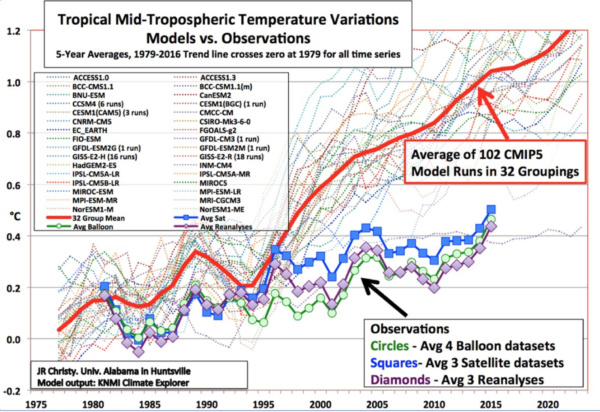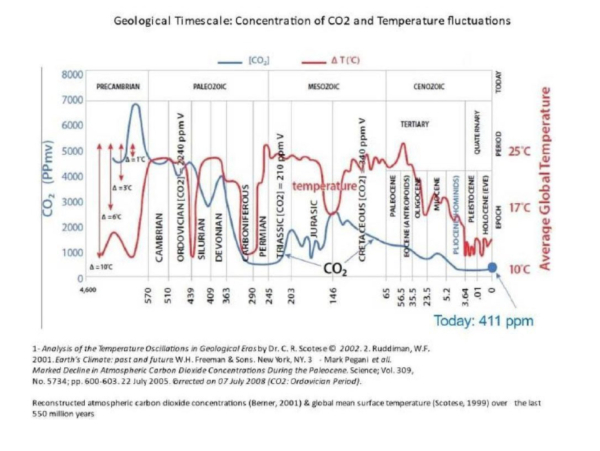Or, "How China fools the New York Times. And other people too."
The New York Times did what they often do yesterday morning---they try to persuade the people of America and the world to believe what they believe.
Straight news reporting for the "Grey Lady" is something of the distant past. If ever.
They begin: "While the U.S. and Europe have enacted sweeping policies to fight climate change in recent years, China has always had the potential to undermine those successes."
"China is the world’s biggest polluter. It has the second-largest population on earth, with a growing economy that increasingly demands energy. If China largely fills that demand with coal and other fossil fuels, as it has for the past two decades, it could negate the rest of the world’s progress in reducing planet-warming greenhouse gas emissions," they explain.
Then, they pivot.
Be informed, not misled.
Then there is this "good news."
"The good news is that China is not relying only on fossil fuels. The world is moving toward a clean energy future faster than experts expected, my colleagues David Gelles, Brad Plumer, Jim Tankersley, and Jack Ewing reported. And that future includes China. It already produces more electricity by solar and wind power than any other country. And they produce a chart to prove it."
More good news. "China is also a leading manufacturer of electric cars. They now make up a larger share of the passenger vehicle market in China than in the U.S. or the E.U."
All this leads to the conclusion that “There is no doubt about it: China is doing more than any other country when it comes to renewable energy and electric vehicles."
How do they explain that China is still the largest polluter in the world? By far.
It's easy.
- China vowed to double its capacity of wind and solar power by 2030. It is on track to meet that goal five years ahead of schedule.
- While China is the world’s biggest adopter of clean energy, it also remains the world’s biggest user of fossil fuels, particularly coal. “We have to hold these two things, which can seem contradictory, in our heads at the same time,” they write. “China is pulling the world in two directions.”
Let's talk about the two directions of the so-called "climate crisis."
Two prominent climate scientists have taken on the Environmental Protection Agency’s (EPA) new rules to cut CO2 emissions in electricity generation, arguing in testimony that the regulations “will be disastrous for the country, for no scientifically justifiable reason.”
Citing extensive data to support their case, William Happer, professor emeritus in physics at Princeton University, and Richard Lindzen, professor emeritus of atmospheric science at Massachusetts Institute of Technology (MIT), argued that the claims used by the EPA to justify the new regulations are not based on scientific facts but rather political opinions and speculative models that have consistently proven to be wrong.
“The unscientific method of analysis, relying on consensus, peer review, government opinion, models that do not work, cherry-picking data and omitting voluminous contradictory data, is commonly employed in these studies and by the EPA in the Proposed Rule,” Mr. Happer and Mr. Lindzen stated. “None of the studies provides scientific knowledge, and thus none provides any scientific support for the Proposed Rule.”
“All of the models that predict catastrophic global warming fail the key test of the scientific method: they grossly overpredict the warming versus actual data,” they stated. “The scientific method proves there is no risk that fossil fuels and carbon dioxide will cause catastrophic warming and extreme weather.”
The scientist says climate models like the ones that the EPA is using have been consistently wrong for decades in predicting actual outcomes. He compares his own table below to the EPA to illustrate his point.
Mr. Harper says, "That was already an embarrassment in the ‘90s when I was director of energy research in the U.S. Department of Energy. I was funding a lot of this work, and I knew very well then that the models were overpredicting the warming by a huge amount.”
These two scientists argue that the EPA has grossly overstated the harm from CO2 emissions while ignoring the benefits of CO2 to life on Earth.
Harper and Lindzen present CO2 and temperature data indicating much higher levels of both CO2 and temperatures in the past than today, with little correlation between the two. They also argue that current CO2 levels are historically at a low point.
The two say, “The often highly emphasized 140 [parts per million] increase in CO2 since the beginning of the Industrial Age is trivial compared to CO2 changes over the geological history of life on Earth.”
In addition, the scientists’ testimony to the EPA stated that the agency’s emissions rules fail to consider the fact that CO2 and fossil fuels are essential to life on earth, particularly human life.
“Increased levels of carbon dioxide in the atmosphere create more food for people worldwide, including more food for people in drought-stricken areas. Increases in carbon dioxide over the past two centuries since the Industrial Revolution, from about 280 parts per million to about 420 ppm, caused an approximate 20 percent increase in the food available to people worldwide, as well as increased greening of the planet and benign warming in temperature.”
Proponents of the global warming narrative often state that it is “settled science” and that nearly all scientists agree that global warming is real and the result of human activity.
According to an official NASA statement, “the vast majority of actively publishing climate scientists—97 percent—agree that humans are causing global warming and climate change. Most of the leading science organizations around the world have issued public statements expressing this, including international and U.S. science academies, the United Nations Intergovernmental Panel on Climate Change, and a whole host of reputable scientific bodies around the world.”
A report by Cornell University states that “more than 99.9% of peer-reviewed scientific papers agree that climate change is mainly caused by humans, according to a new survey of 88,125 climate-related studies.”
But Mr. Happer argues that consensus is not science, citing a lecture on the scientific method by renowned physicist Richard Feynman, who said, “If it disagrees with experiment, it’s wrong.”
Takeaway
“Science has never been made by consensus,” Mr. Happer said. “The way you decide something is true in science is you compare it with experiment or observations."
“It doesn’t matter if there’s a consensus; it doesn’t matter if a Nobel Prize winner says it’s true, if it disagrees with observations, it’s wrong,” he said. “And that’s the situation with climate models. They are clearly wrong because they don’t agree with observations.”
I'll talk about the so-called "climate crises" from a biblical worldview on the radio program this morning. Please join me. Here's how.
Be Informed. Be Discerning. Be Vigilant. Be Engaged. Be Bold. Be Prayerful.



